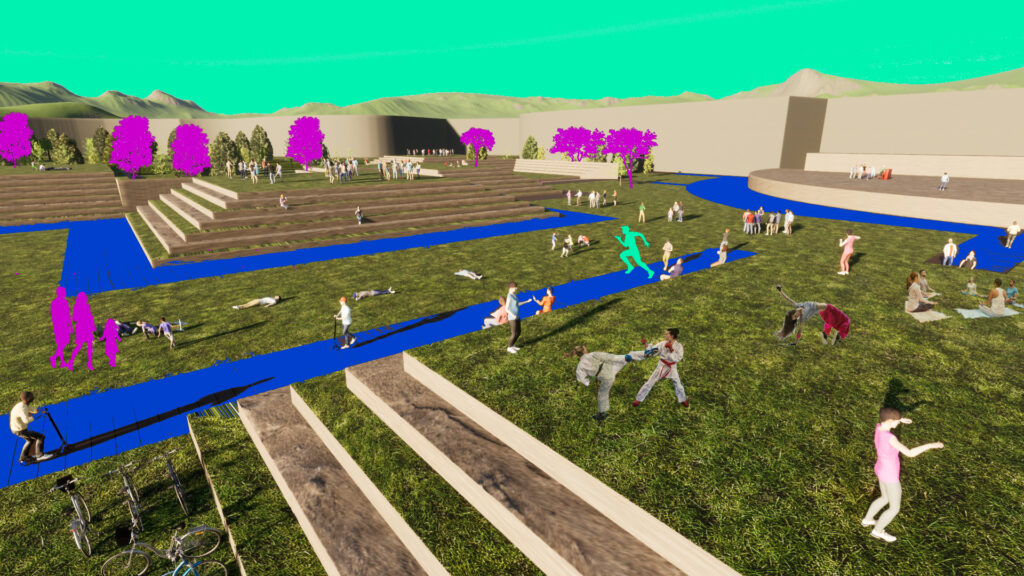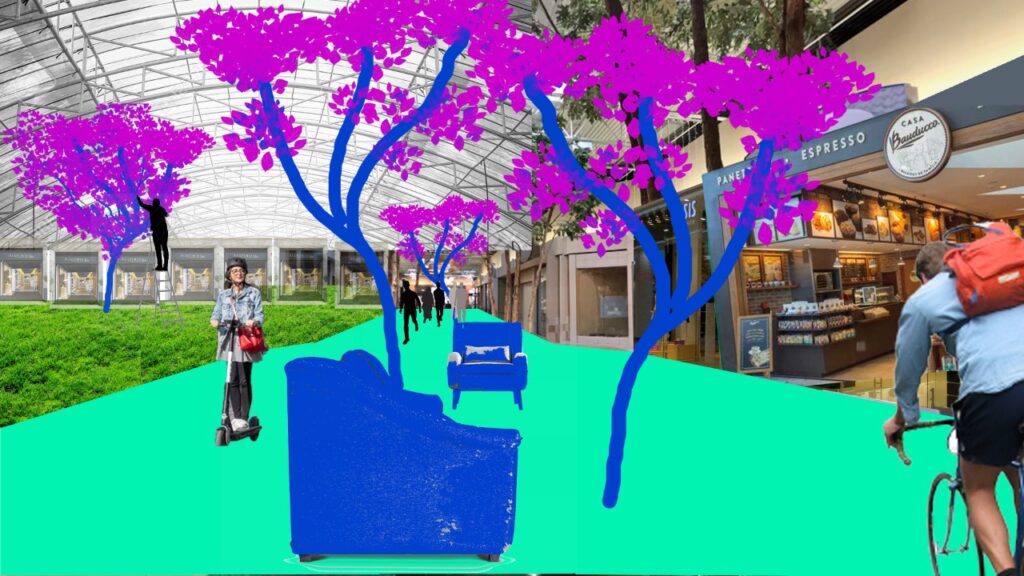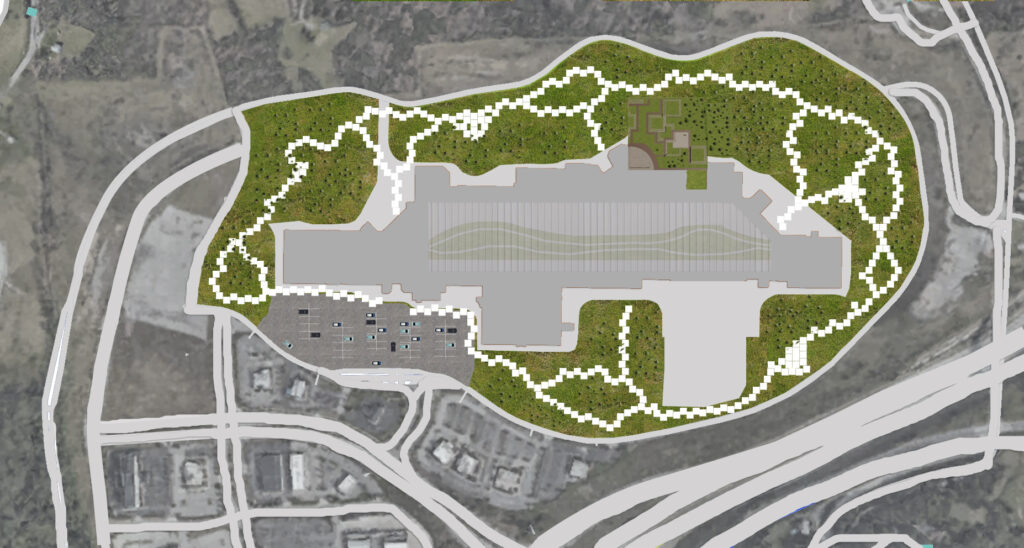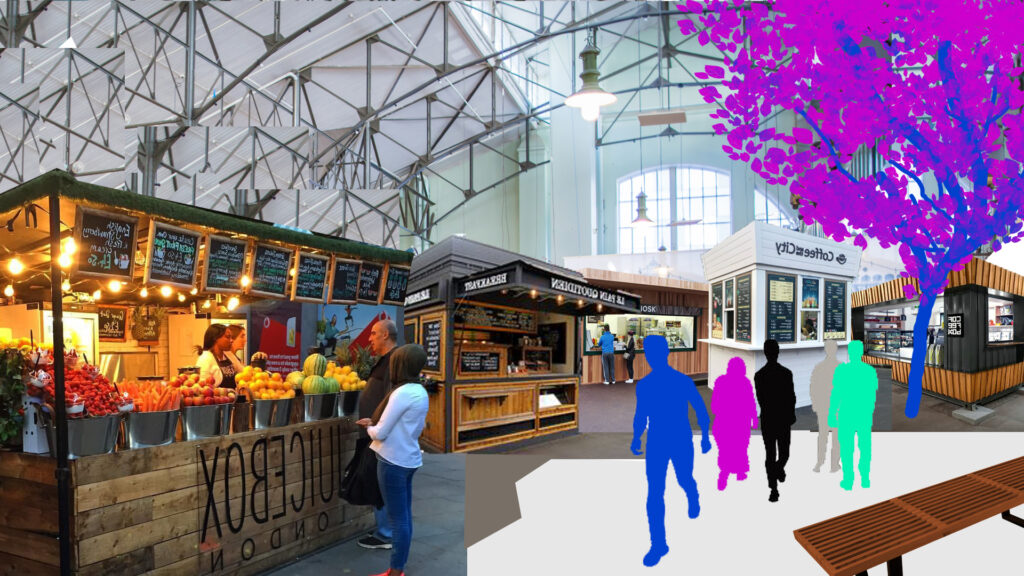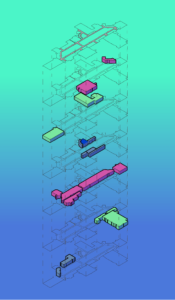
The future of malls
The growing disuse and sub-utilization of numerous shopping malls in different parts of the world has provoked decadent infrastructure, that generates the devaluation of the properties and their neighborhoods, producing a negative and degradant dynamic in urban, economic, and social terms.
Each year we propose innovative solutions for growing problematics that we identify in the Real Estate sector.
On this occasion, we identified 4 different cases of malls in theUnited States that are currently either under-occupied or abandoned. The problematic is approached with a creative, out of the box method with the focus to generate positive outcomes for the space itself and the neighboring communities, based on the human needs’ optimization model.
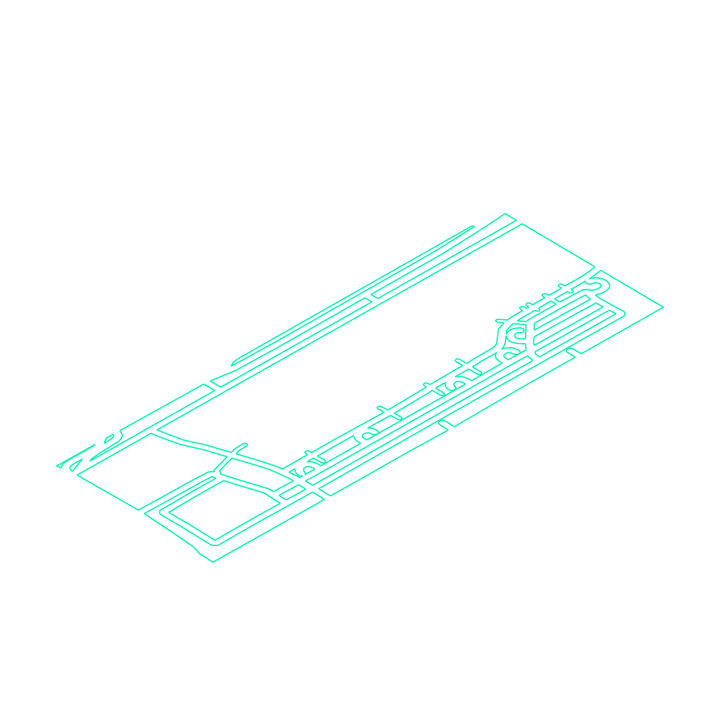
Students proposals
For this occasion, 4 teams were selected, integrated by advanced architecture students, who, mentored by a Cafeína member, proposed alter realities to promote a positive impact for the communities where they are located.
2 finalists were selected whose ideas reflect on how architecture can become a positive bridge for the improvement of complex problematics in the contemporary cities.
TEAM 1
WINNER TEAM
Members: Estefania Cedillos, Erika M. Ordaz
Mentors:
Project Direction: Leonardo Neve
URBAN MESH
Project building: Hawthorne Plaza, in California, USA
CO-LIVING / DYNAMIC RETAIL / ADAPTIVE REUSE
This city is made up of distinct layers that gives is diversity. This projects proposes an interlaced structure that vinculates the present layers that are scattered in the city of Hawthorne.

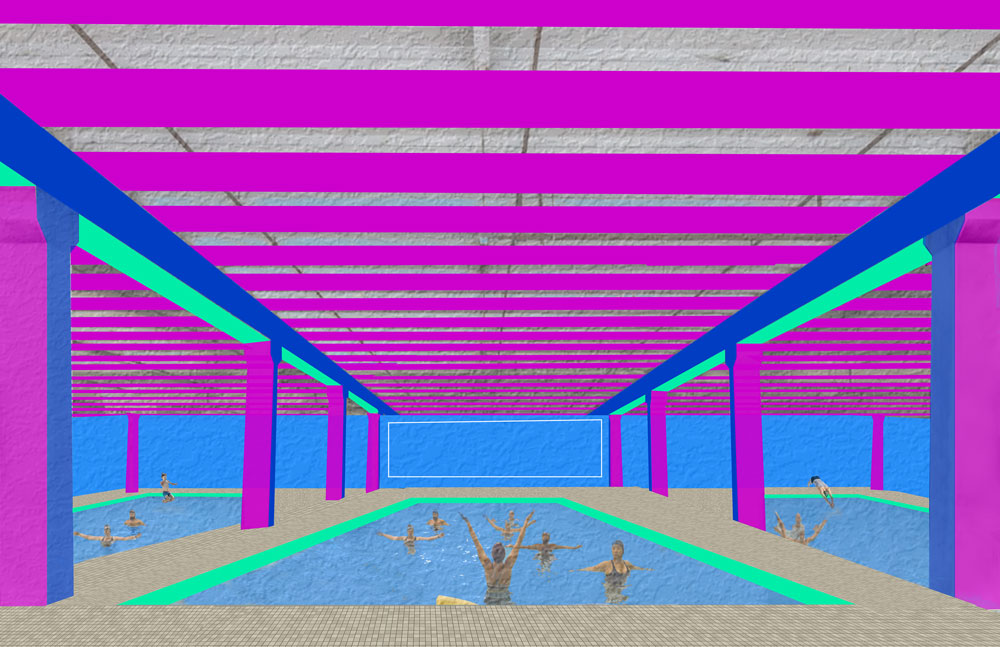


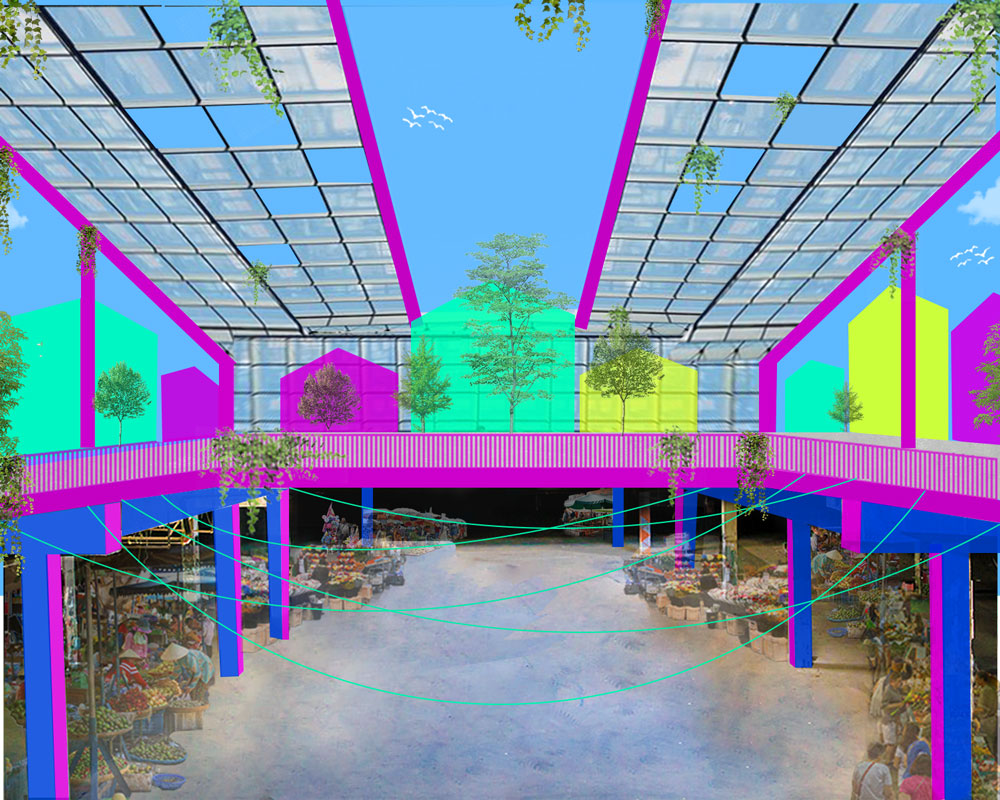
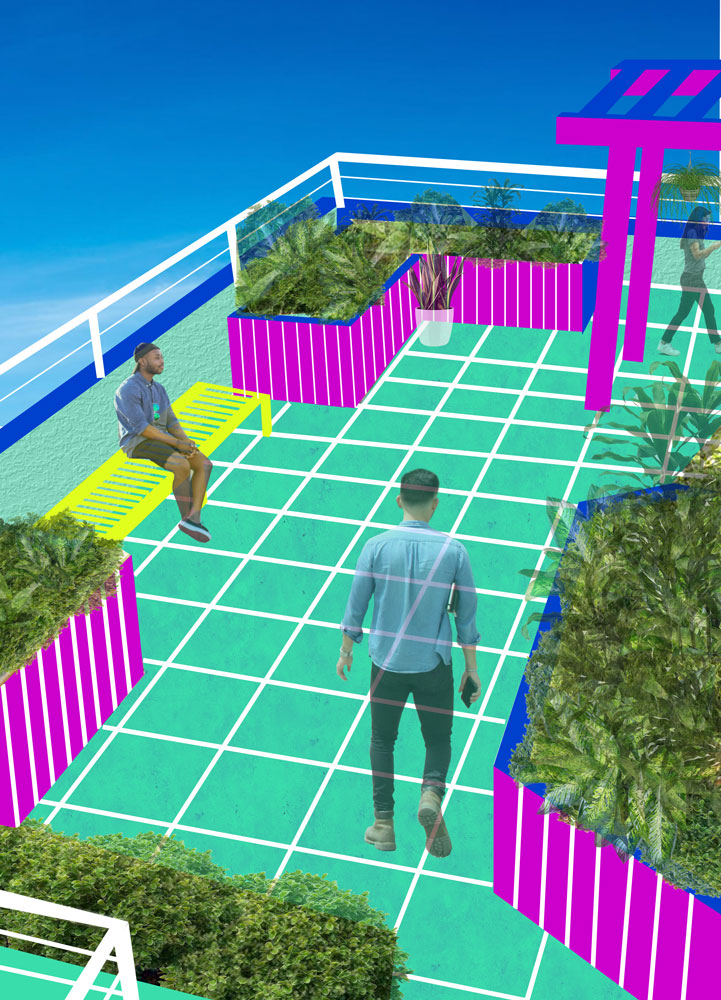
TEAM 2
Members: Natalia S. Sánchez y Manuel E. Rodríguez
Mentors:
Project Direction: Leonardo Neve
GLEBA CENTER
Project building: Pittsburgh Mills Mall, in Pensilvania, USA.
The project’s main focus is to mitigate the problem of homelessness in theUnited States. Gleba Center’s objective is to create a space for people who live on the streets, where all of their needs can be met. It is intended to be self-sustaining, through food and products of first need production, for user consumption and also to be sold and distributed in order to generate profit that will help cover other expenses of the center. Besides creating a home for people who do not have one, the purpose of the project through the process of the user is to reinsert these people to the society, by giving them back their sense of belonging, identity and independence. As side objectives, the center is also intended to create new recreational spaces, such as sport zones and entertainment areas that can even turn into tourist venues.
